Two famous Paris museums were preparing for the worst on Thursday as the French capital held its breath over how high the flood waters of the Seine would reach.
With emergency flood barriers already being put in place along the river Seine after days of torrential rain, the Musée d'Orsay said it was closing early on Thursday as a precautionary measure.
Meanwhile the Louvre, which had earlier played down the threat of the floods, announced it was closing on Friday to evacuate its reserve artworks stored underground.
It's more famous artworks like the Mona Lisa will not for the moment have to be moved.
River levels are set to reach a peak at around Midday on Friday with flood levels predicted to hit 6 metres.
A statement from the Louvre said that museum bosses had decided to put in place their emergency action plan after flood levels hit 5.08 metres (above the normal level of the Seine).
“The objective is to take the works stored underground and put them in the higher floors. The Louvre staff have begun this operation.”
As part of the Louvre's emergency plan the museum has 72 hours to get works held in their underground reserves to safety while the Musee d'Orsay has 96 hours.
Both institutions have organised drills this year to deal with floods.
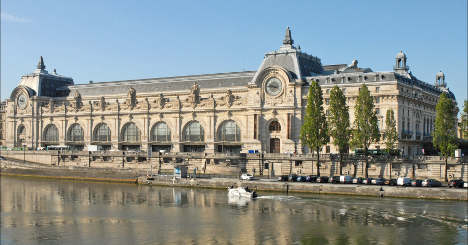 (The Musee d'Orsay, pre-flooding. AFP)
(The Musee d'Orsay, pre-flooding. AFP)
In one such exercise in March, the Louvre evacuated the whole of the underground section of its new Islamic art galleries in a day.
The museum, which has vast underground stores, said it is equipped with anti-flooding pumps and watertight doors.
The Musée d'Orsay, which holds the world's greatest collection of Impressionist masterpieces, had earlier said it was putting in place a “protection plan” before closing early at 6pm.
Its galleries hold some of the finest paintings by Renoir, Manet, Van Gogh and Degas, as well as 24 works by Gauguin.
The museum said a crisis management team had been put in place to organise the moving of its most vulnerable treasures to its upper floors if the Seine rises more than 5.5 metres (18 feet).
It's not just museums in Paris that have been affected by flooding. The image below shows the chateau de Chambord in the Loire Valley surrounded by flood waters.
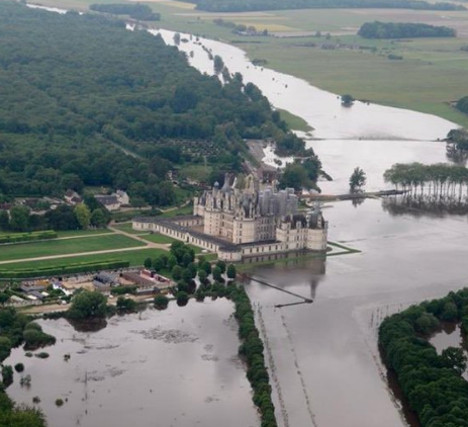
The floods have already prompted transport authorities to close a section of the RER C commuter line and several train stations, meaning more misery for strike hit commuters.
IN PICS: See just how high the River Seine in Paris is
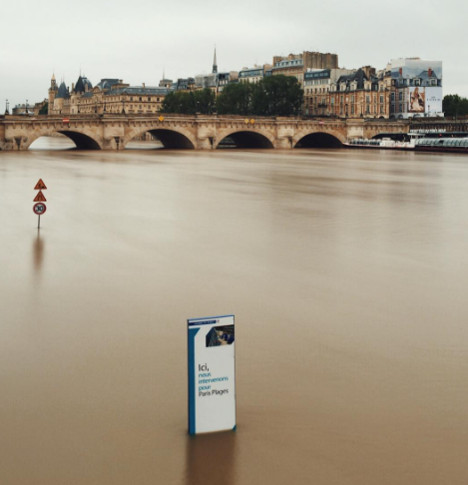

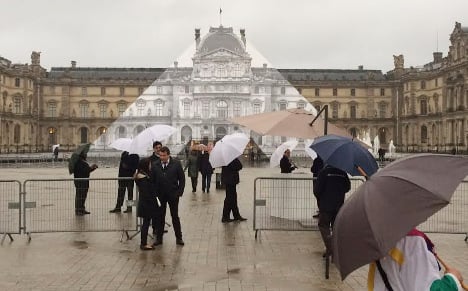
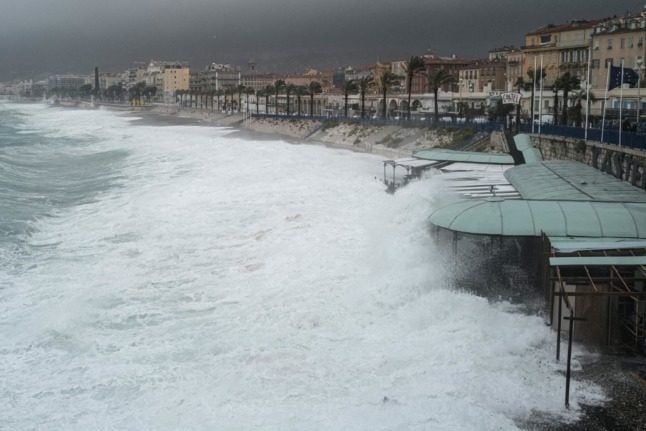
 Please whitelist us to continue reading.
Please whitelist us to continue reading.
Member comments